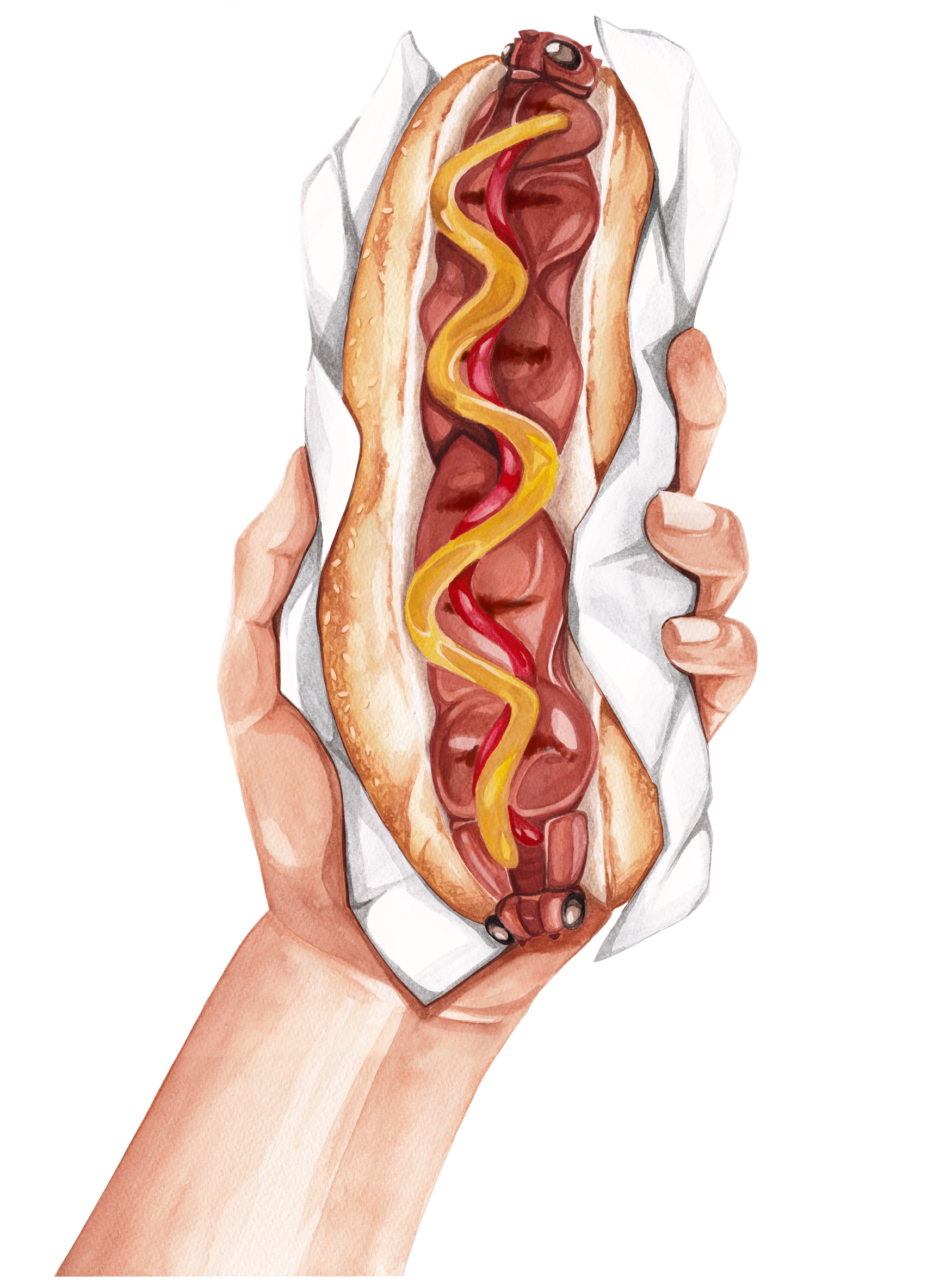Broiler insects
The inevitable future of eating insects?
Year of project: 2019
Commissioned by: Nemo Science Museum
The inevitable future of eating insects?
Around 10.000 years ago, humans started domesticating animals for their company, warmth, fur and meat. Over time, the once wild species have become unrecognizable from their ancestors. As highly technological creatures, we transformed the aurochs into a walking milk factory and the wild boars into super-sized chunks of oinking meat; making the production of animal protein as fast and cheap as possible.
But raising large animals to provide us with meat and cheese requires huge amounts of energy, water, agricultural land and feed. Is it sensible to keep eating animal products in the future? If the world population increases to almost 10 billion people in 2050, we will have to transform what we eat and how we produce our food in the future. Feeding everyone with our current animal-centred diet will require more resources and space than our planet can provide.
In the search for alternative protein sources scientists often suggest we should start eating insects; insects contain the same proteins as meat, but need far less water, feed and space. Although currently we don’t enjoy eating them in the Western world. It feels awkward and is impractical and expensive. What if we design a new generation of insects; fat, juicy and wingless ones, with enhanced flavor?
Broiler insects
Imagine, it’s 2030 and it has become perfectly normal to find a locust, mealworm or cicade on our plate. Deliciously cooked or processed into other products. With their tender structure, unique flavor, high nutritional value and varied culinary application, these delicacies have become an integral part of our diet. We managed to breed new variations with more flavor and body mass but without the hard shells and wings that got stuck between our teeth.
This scenario is still a fantasy, but the time may come when - like chickens, cows and pigs - we start to overbreed insects too. To improve the flavor, size and texture. But is that really what we want? Chloé Rutzerveld made prototypes of the future versions of a locust, wax moth larvae and cicade.
Flavor profiles
Locust | Walnut
Wax moth Larvae | Pine nut x enoki mushroom
Cicada | Potato x asparagus
Plofinsecten - VPRO Tegenlicht Lowlands 2022
Broiler wax moth larvae sushi
Broiler locust ‘hotdog’
Broiler cicada ‘avocado’ bowl
Prototypes by Chloé Rutzerveld
Illustrations by Studio Lisa



